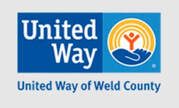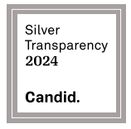Facts & Statistics
Domestic violence is a scary reality for millions of individuals every year. It is important to know domestic violence does not discriminate.
Here are some facts and statistics to put the frequency of this major problem into perspective.
Here are some facts and statistics to put the frequency of this major problem into perspective.







